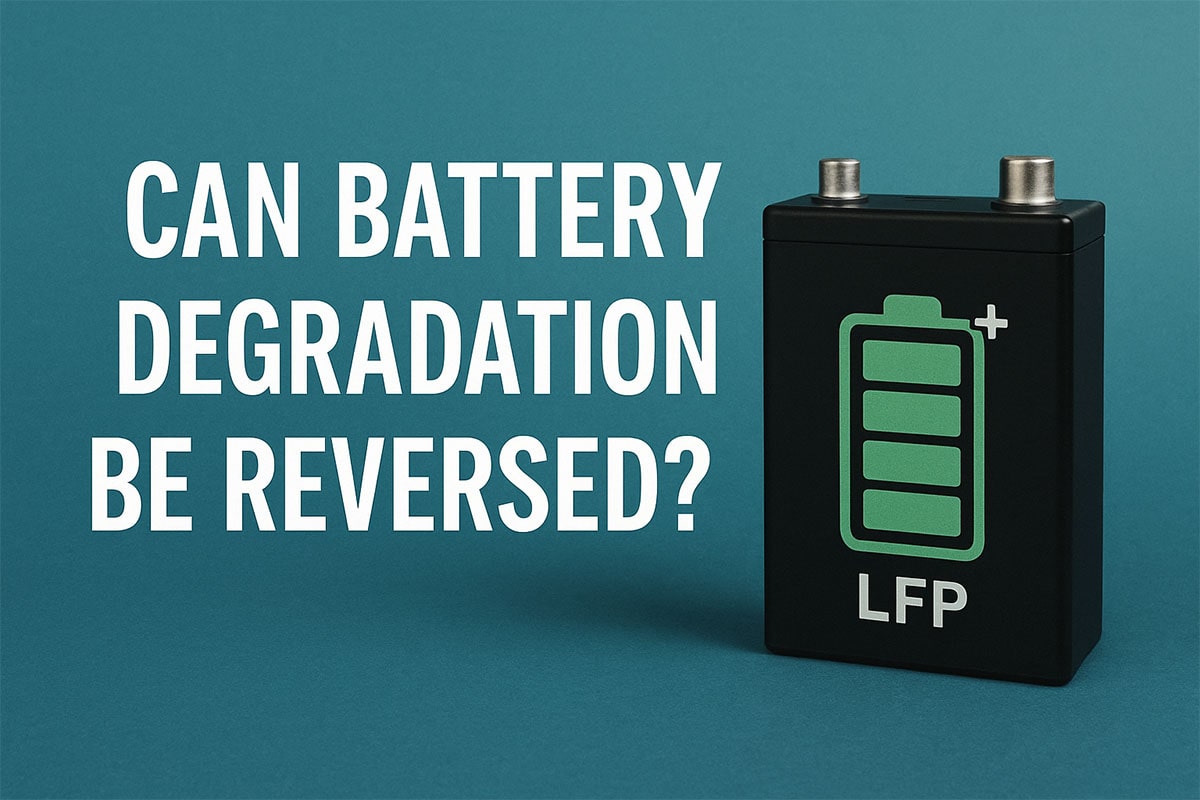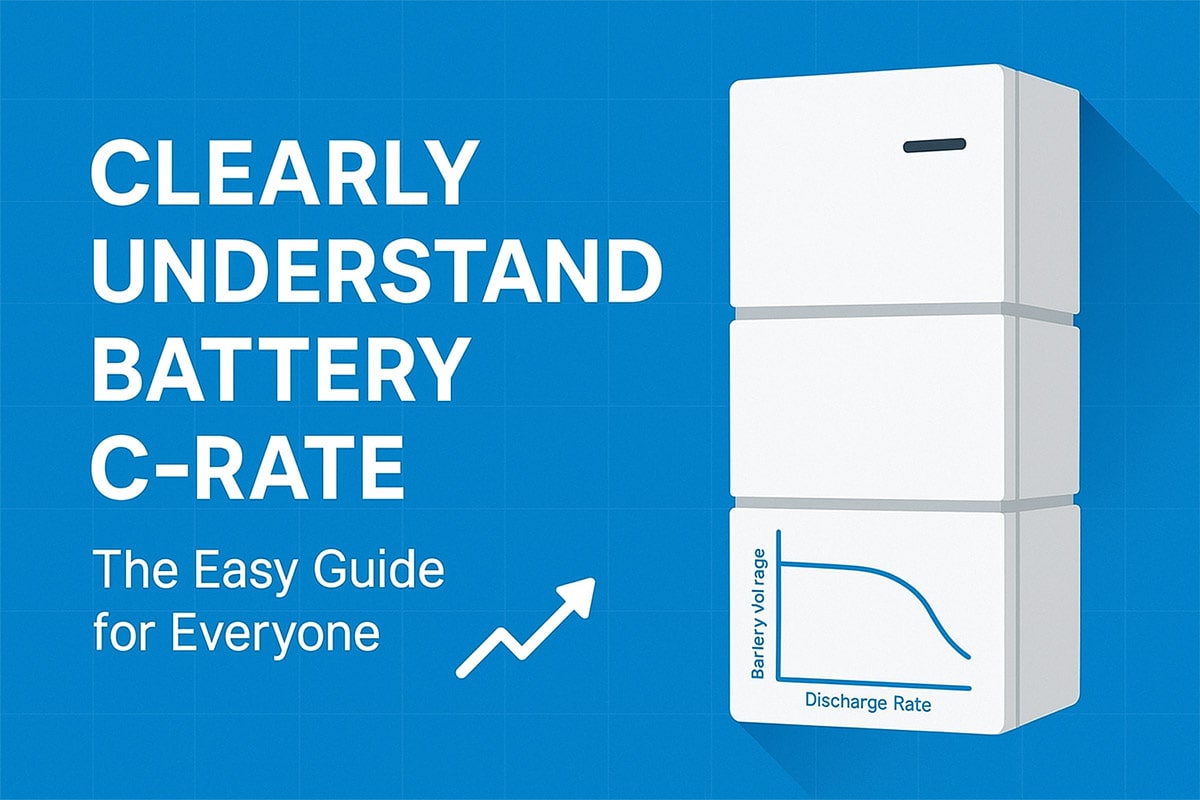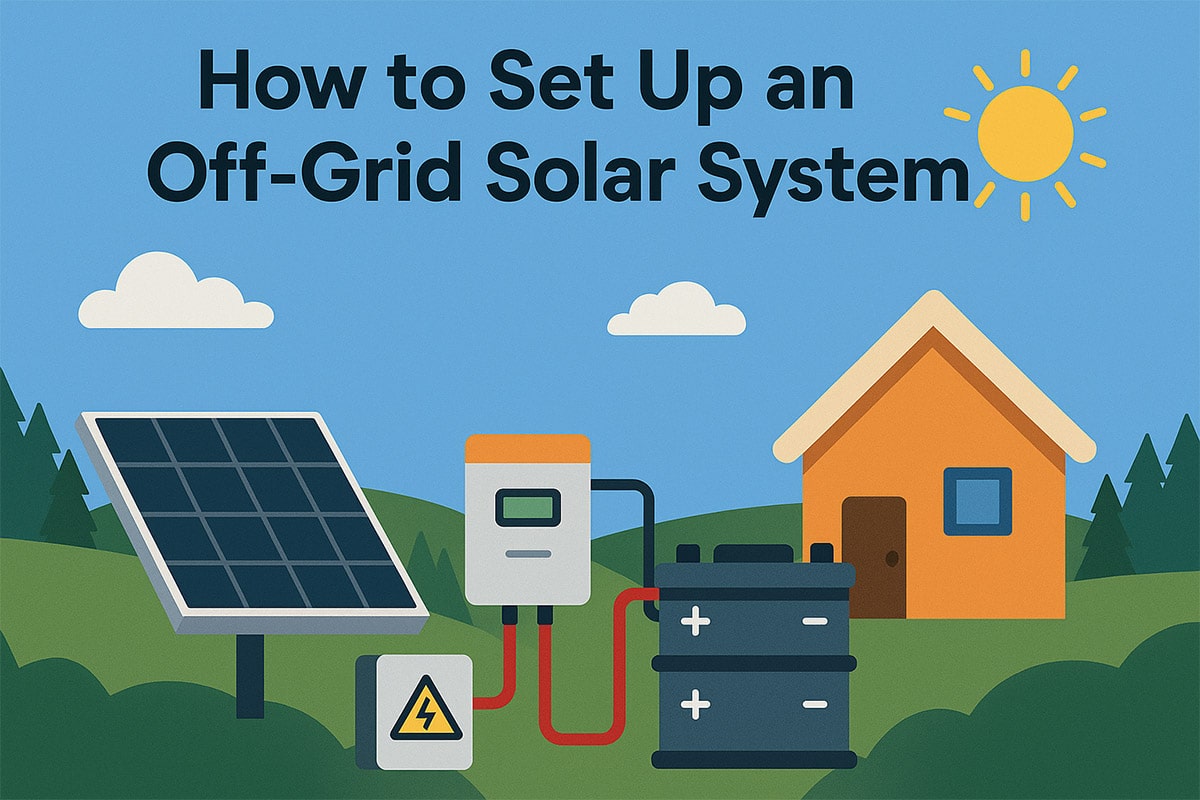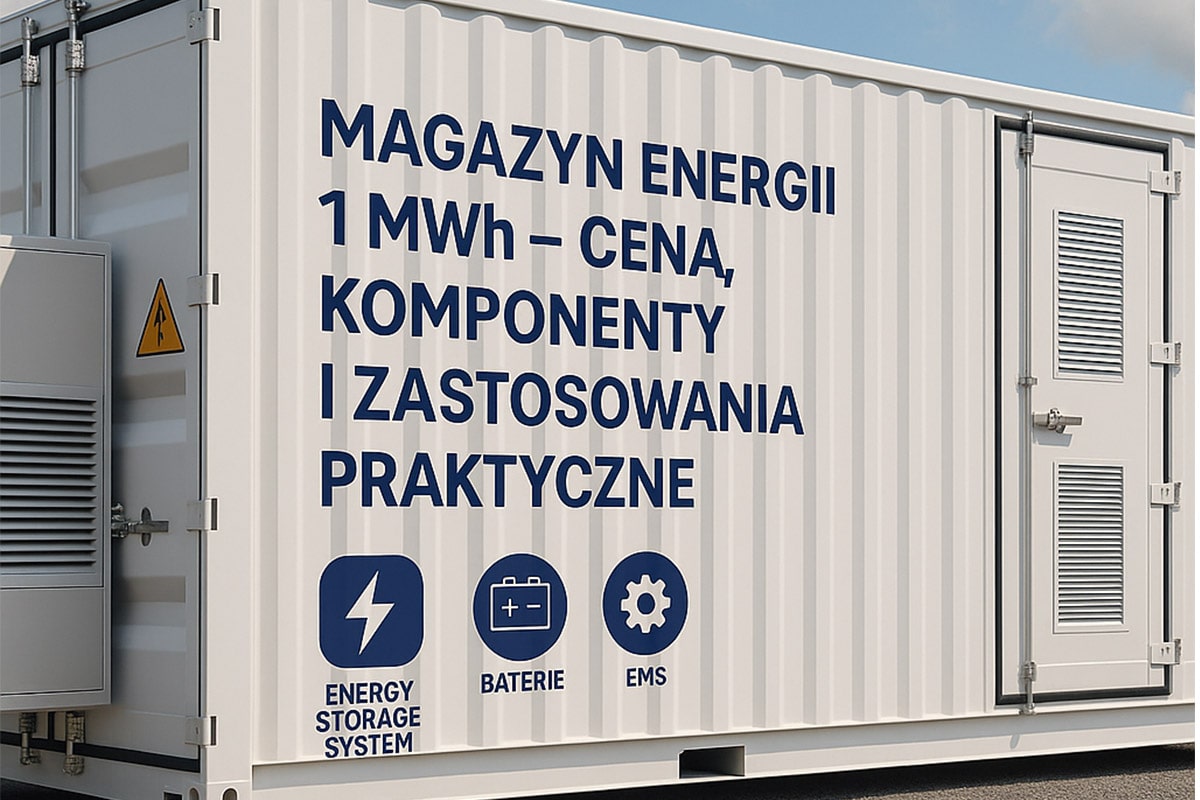How Photovoltaic Power Plants Face Extreme Climate
How Photovoltaic Power Plants Face Extreme Climate
In severe weather with strong humidity, frequent rainfall, and thunderstorms, if there is no systematic operation and maintenance of photovoltaic power plants, it is likely to cause potential safety hazards. How to deal with it?
Smog
In rainy weather or smoggy weather, when the solar radiation is low, if the operating voltage of the photovoltaic power generation system does not reach the starting voltage of the inverter, the photovoltaic power generation system will not work. Since the grid-connected power generation system is connected to the grid, when the photovoltaic power generation system fails to operate, the power from the grid will be automatically replenished, so there is no problem of power shortage or power outage in rainy weather and smog.
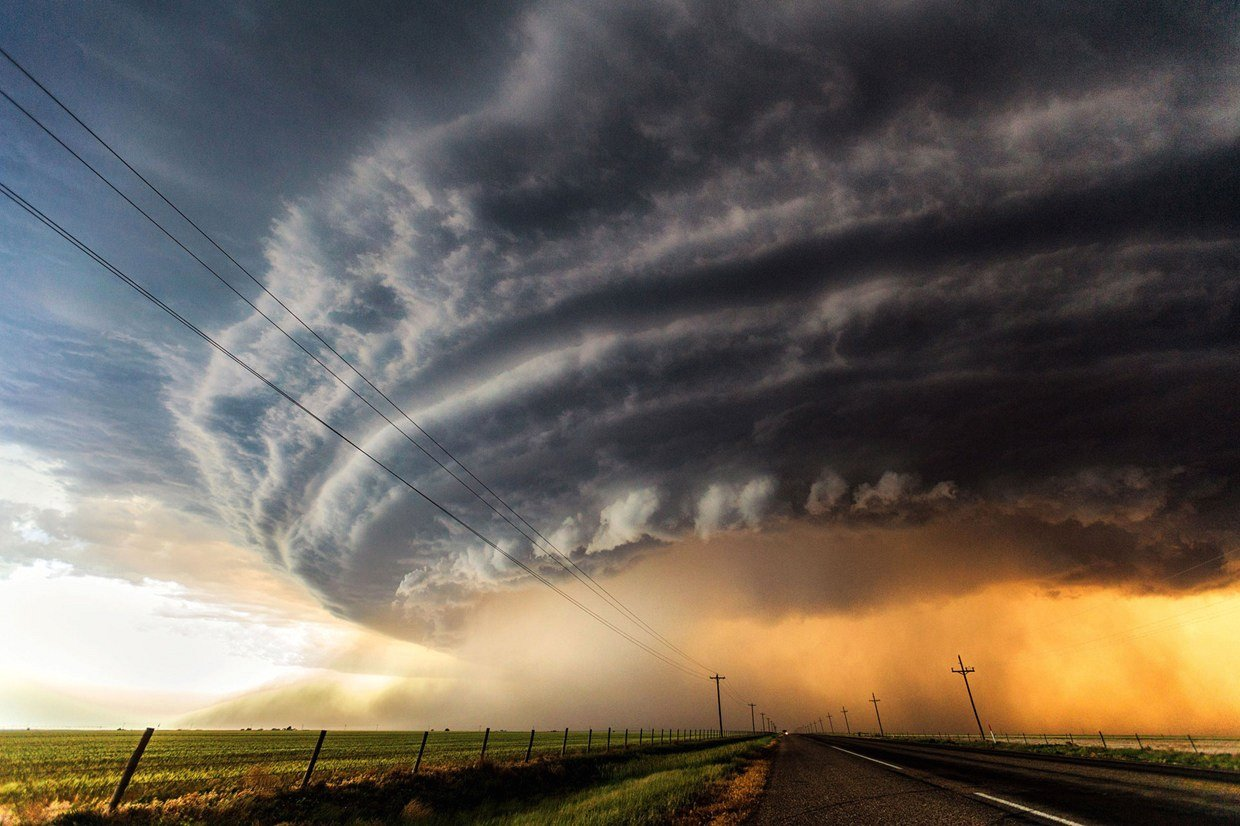
Lightning strike
Lightning is mainly divided into two hazards: direct lightning strikes and indirect lightning strikes.
Protection against direct lightning strikes: set up metal lightning protection grounding conductors on tall buildings, including lightning rods, lightning protection belts, and grounding devices, which can release the huge thunderstorm cloud charge. All electrical equipment in the photovoltaic system cannot protect against direct lightning strikes.
Inductive lightning protection: Photovoltaic systems have lightning protection modules in electrical equipment such as combiner boxes and inverters to protect against indirect lightning strikes. The inverter has two levels of lightning protection and three levels of lightning protection. The second level of lightning protection uses lightning protection modules, which are generally used in medium and large photovoltaic power plants. There are no tall buildings around the power station. The third level of lightning protection uses lightning protection devices. It is used for household small-scale photovoltaic power plants, and there are tall buildings around the power plant.
Distributed photovoltaic power generation systems are equipped with lightning protection devices, so there is no need to disconnect them in normal lightning weather. If there is a strong thunderstorm, for safety reasons, it is recommended to disconnect the DC switch of the inverter or combiner box and cut off the circuit connection with the photovoltaic module to avoid damage caused by induced lightning.
The operation and maintenance personnel should do a good job of testing the lightning protection facilities at ordinary times to ensure that the air receptors, down conductors and grounding systems are normal, ensure that the short-circuit resistance of the lightning protection grounding system is below 4 ohms, and regularly test the performance of the lightning protection module in the equipment. Prevent failures so that thunderstorms do not damage equipment.
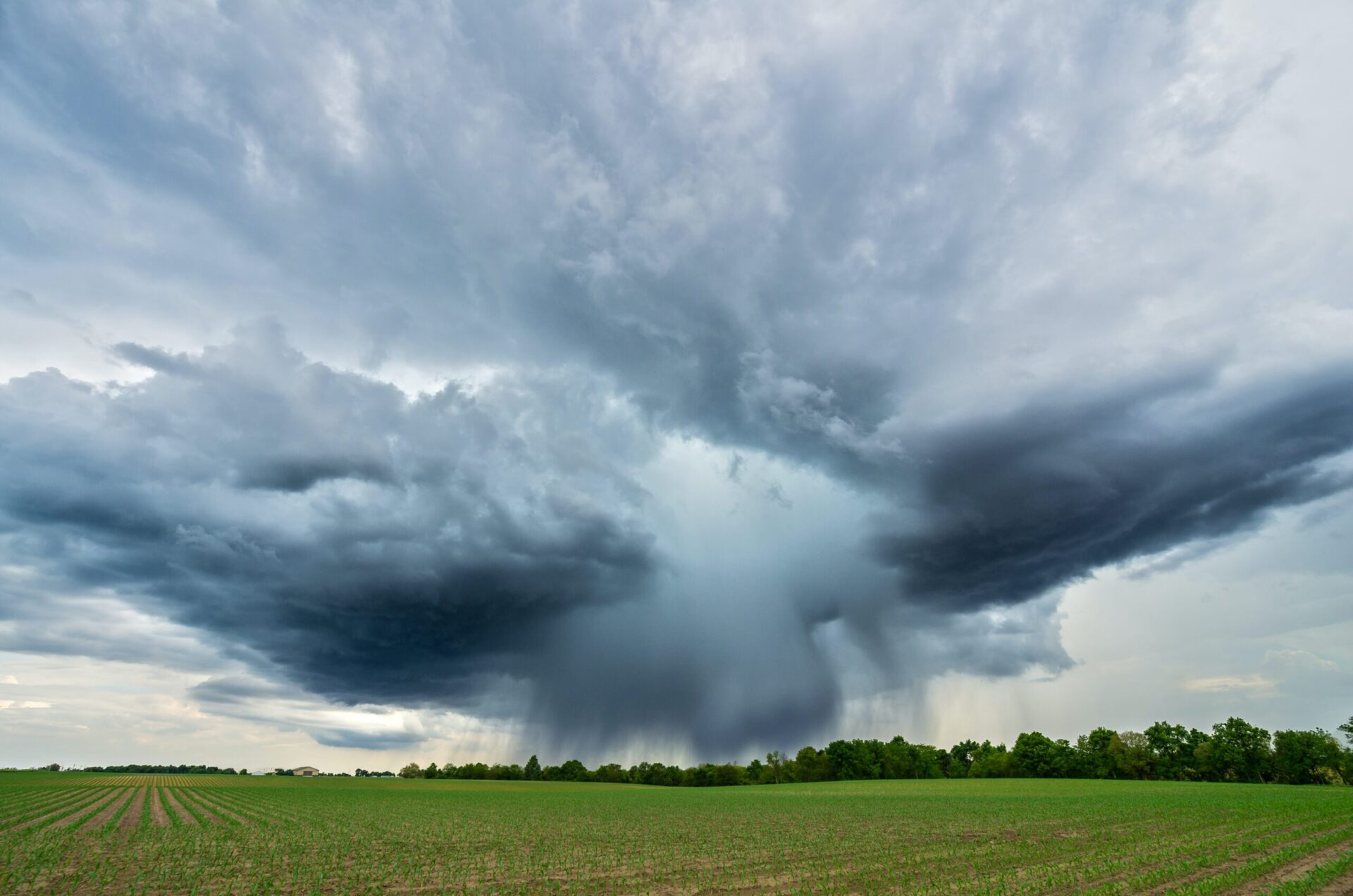
Rainstorm
If the roof where the photovoltaic power station is installed is a sloping roof, there is basically no need to worry about heavy rain. If it is a flat roof, it is best to consider the drainage problem during the design and installation of the photovoltaic power station. It should be avoided that the photovoltaic modules are soaked by rainwater due to the relatively low bracket installation of the flat roof when the rainfall is too heavy. In addition, during the inspection after the rain, you must not directly touch the connection between the inverter, photovoltaic modules and power supply cables with your hands, and wear rubber gloves and rubber boots to prevent accidents.
Hail
Qualified photovoltaic power station products purchased from reliable large manufacturers, photovoltaic modules have passed the impact test, so generally hail will not affect photovoltaic modules. However, after the hailstorm, daily inspections are also indispensable. If the power generation of the photovoltaic power station drops significantly or other abnormal conditions occur after the hailstorm, the owner must promptly notify the manufacturer’s after-sales personnel for inspection.
When inspecting photovoltaic modules, thermal imaging images are generally used to lock the heating parts, or wire break detectors are used to check the faults of broken wires and bypass diodes. If the power generation drops significantly or other abnormalities occur after the module is smashed, the user should promptly notify the operation and maintenance personnel to check the photovoltaic system, and send it back to the original factory for inspection if necessary, so as to replace the damaged photovoltaic module in time.
For the owners, how can they ensure stable power generation and not be affected by the weather when building photovoltaic power plants?
1. Do a good job in the preliminary design of the power station: when designing a photovoltaic power station, it is necessary to choose a suitable location. “Building Structure Load Code”, because only in this way can the power station be avoided due to rainy weather.
2. Do a good job of installation: the installation cannot be done casually, and the orientation of the power station installation process should be south, so that it can fully receive the sun’s light. The installation angle is theoretically equal to or close to the local latitude, and the arrangement and spacing need to be determined in combination with the local sunshine and the size of the roof structure. In addition, good equipment must be selected to effectively prolong the life of photovoltaic power plants.
All in all, in order for the photovoltaic power station to operate stably under continuous severe weather, it is necessary to do well in terms of design, installation, and type selection in accordance with the design standards, so as to prevent damage to the photovoltaic power station and allow the power station to easily survive the rainy season. Stable operation, ensure safety.

